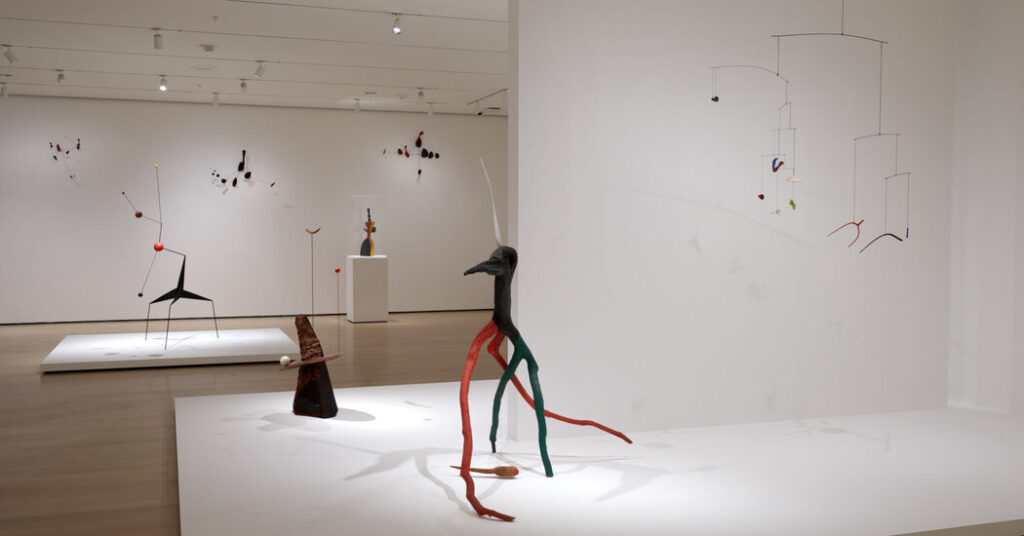The foundation is the accepted authority on Calder artworks, and the lawsuit says that without its imprimatur an artwork’s value is diminished. When Mr. Brodie tried again a year later to sell the work, a conservation expert, according to Mr. Brodie, reported no significant problems in November 2019.
But Mr. Brodie contends Mr. Rower subsequently interceded and asked the conservator to review the sculpture again at the foundation’s expense. During this second review, Mr. Brodie’s lawsuit says, Mr. Rower did not personally inspect the piece, but still “dictated” his views, after which, the expert found problems of significance in a December 2019 report.
“Many of the elements are missing sections of glass judging by sharp break edges — it was the artist’s working practice to run a tool along the edges of glass fragments to dull them,” according to the December 2019 assessment. “[I]t is suspected that the glass elements were once larger [and that] the mobile would have had a different appearance and different weights requiring the strings to be attached to both the bars and the elements in other locations.”
Mr. Nikas said the second review was a much broader, in-depth analysis of the work than the earlier one, which was narrower in scope and only two pages in length. The lawyer said Mr. Rower had reviewed images of the piece and had provided his observations and had not directed the conservator’s conclusions about what Mr. Nikas described as significant damage and improper modifications.
Art foundations are often viewed as something of the final arbiter of an artwork’s authenticity. But the Calder Foundation also has an inventory of Calder works, and the lawsuit said it and Mr. Rower both buy and sell pieces in the art market. The legal papers said this presents a potential conflict of interest because any restrictions on the number of works they authenticate can have the effect of raising the value of their own holdings.
Mr. Nikas said there was no conflict of interest and there had been no efforts to affect the market for Calder works. Any works by the artist that the foundation held, he said, were retained to assist scholars in their research.
Mr. Brodie resumed efforts to sell the artwork last year through an auction house and, according to his lawsuit, hired another conservation expert to inspect the work, which was found to be in good shape. But the foundation, the lawsuit said, has continued to say the piece is damaged and cannot be restored and that it was “no longer in a state that reflects the intentions of Alexander Calder.”


